How Google’s DeepMind tool is ‘more quickly’ forecasting hurricane behavior

When then Tropical Storm Melissa was churning south of Haiti, Philippe Papin, a National Hurricane Center (NHC) meteorologist, had confidence it was about to grow into a monster hurricane.As the lead forecaster on duty, he predicted that in just 24 hours the storm would become a category 4 hurricane and begin a turn towards the coast of Jamaica.No NHC forecaster had ever issued such a bold forecast for rapid strengthening.But Papin had an ace up his sleeve: artificial intelligence in the form of Google’s new DeepMind hurricane model – released for the first time in June.And, as predicted, Melissa did become a storm of astonishing strength that tore through Jamaica.
Forecasters at the NHC are increasingly leaning hard on Google DeepMind.On the morning of 25 October, Papin explained in his public discussion and on social media that Google’s model was a primary reason he was so confident: “Roughly 40/50 Google DeepMind ensemble members show Melissa becoming a Category 5.While I am not ready to forecast that intensity yet given the track uncertainty, that remains a possibility.“It appears likely that a period of rapid intensification will occur as the storm moves slowly over very warm ocean waters which is the highest oceanic heat content in the entire Atlantic basin.”Google DeepMind is the first AI model dedicated to hurricanes, and now the first to beat traditional weather forecasters at their own game.
Through all 13 Atlantic storms so far this year, Google’s model is the best – even beating human forecasters on track predictions,Melissa eventually made landfall in Jamaica at category 5 strength, one of the strongest landfalls ever documented in nearly two centuries of record-keeping across the Atlantic basin,Papin’s bold forecast likely gave people in Jamaica extra time to prepare for the disaster, possibly saving lives and property,Google DeepMind has been making weather forecasts for a few years now, and the parent forecast system from which the new hurricane model is derived also performed spectacularly well in diagnosing large-scale weather patterns last year,Google’s model works by spotting patterns that traditional time-intensive physics-based weather models may miss.
“They do it much more quickly than their physics-based cousins, and the computing power is less expensive and time consuming,” Michael Lowry, a former NHC forecaster, said.“What this hurricane season has proven in short order is that the newcomer AI weather models are competitive with and, in some cases, more accurate than the slower physics-based weather models we’ve traditionally leaned on,” Lowry said.To be sure, Google DeepMind is an example of machine learning – a technique that has been used in data-heavy sciences like meteorology for years – and is not generative AI like ChatGPT.Machine learning takes mounds of data and pulls out patterns from them in a such a way that its model only takes a few minutes to come up with an answer, and can do so on a desktop computer – in strong contrast to the flagship models that governments have used for decades that can take hours to run and require some of the biggest supercomputers in the world.Still, the fact that Google’s model could outperform previous gold-standard legacy models so quickly is nothing short of amazing to meteorologists who have spent their careers trying to forecast the world’s strongest storms.
Sign up to First ThingOur US morning briefing breaks down the key stories of the day, telling you what’s happening and why it mattersafter newsletter promotion“I’m impressed,” said James Franklin, a retired NHC forecaster,“The sample is now large enough that it’s pretty clear this is not a case of beginner’s luck,”Franklin said that although Google DeepMind is beating all other models on forecasting the future path of hurricanes worldwide this year, like many AI models it occasionally gets high-end intensity forecasts wrong,It struggled with Hurricane Erin earlier this year, as it was also undergoing rapid intensification to category 5 north of the Caribbean,It also struggled with Typhoon Kalmaegi – which made landfall in the Philippines on Monday.
In the coming offseason, Franklin said he plans to talk with Google about how it can make the DeepMind output even more helpful for forecasters by providing additional under-the-hood data they can use to assess exactly why it is coming up with the its answers.“The one thing that nags at me is that while these forecasts seem to be really, really good, the output of the model is kind of a black box,” said Franklin.There has never been a private, for-profit company that has produced a top-level weather model which allows researchers a peek into its methods – unlike nearly all other models which are provided free to the public in their entirety by the governments that designed and maintain them.While Google has made top-level output of DeepMind publicly available in real time on a dedicated website, its methods have still largely been hidden.Google is not alone in starting to use AI to solve difficult weather forecasting problems.
The US and European governments also have their own AI weather models in the works – which have also shown improved skill over previous non-AI versions.The next steps in AI weather forecasts seem to be startup companies taking swings at previously tough-to-solve problems such as sub-seasonal outlooks and better advance warnings of tornado outbreaks and flash flooding – and they are receiving US government funding to do so.One company, WindBorne Systems, is even launching its own weather balloons to fill the gaps in the US weather-observing network, which has recently been downsized by the Trump administration.
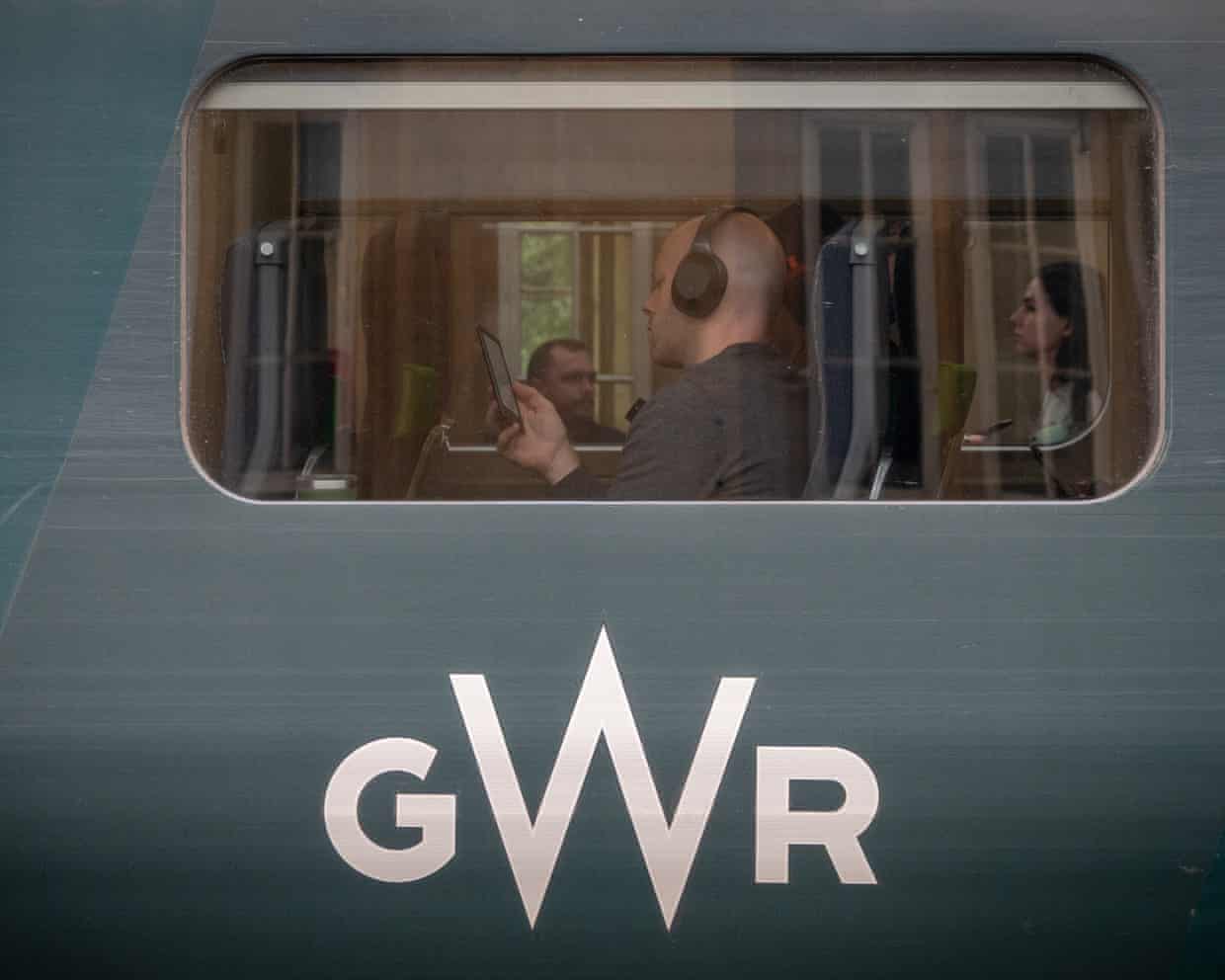
GWR train fitted with F1 tech for two-month superfast wifi trial
Train wifi in the UK, long a source of frustration for passengers, is about to get radically faster – for a lucky few at least.A two-month trial has begun on one Great Western Railway (GWR) train, fitted with technology from Formula One that switches between the signals from 5G masts to low Earth-orbit satellites to provide almost seamless, superfast wifi.For now, only one of GWR’s 57 intercity express trains will have a connection good enough to deliver a Netflix series to the seat. However, a successful trial and the promise of lower costs could spell a wider rollout to the rest of the mainline railway by 2030.On a test run from London Paddington to Newbury and back, the Guardian found the wifi fast and reliable enough to video call editors at the office, catch up on old Match of the Days on iPlayer and listen to songs on YouTube at the same time, with only occasional blips and pixelation
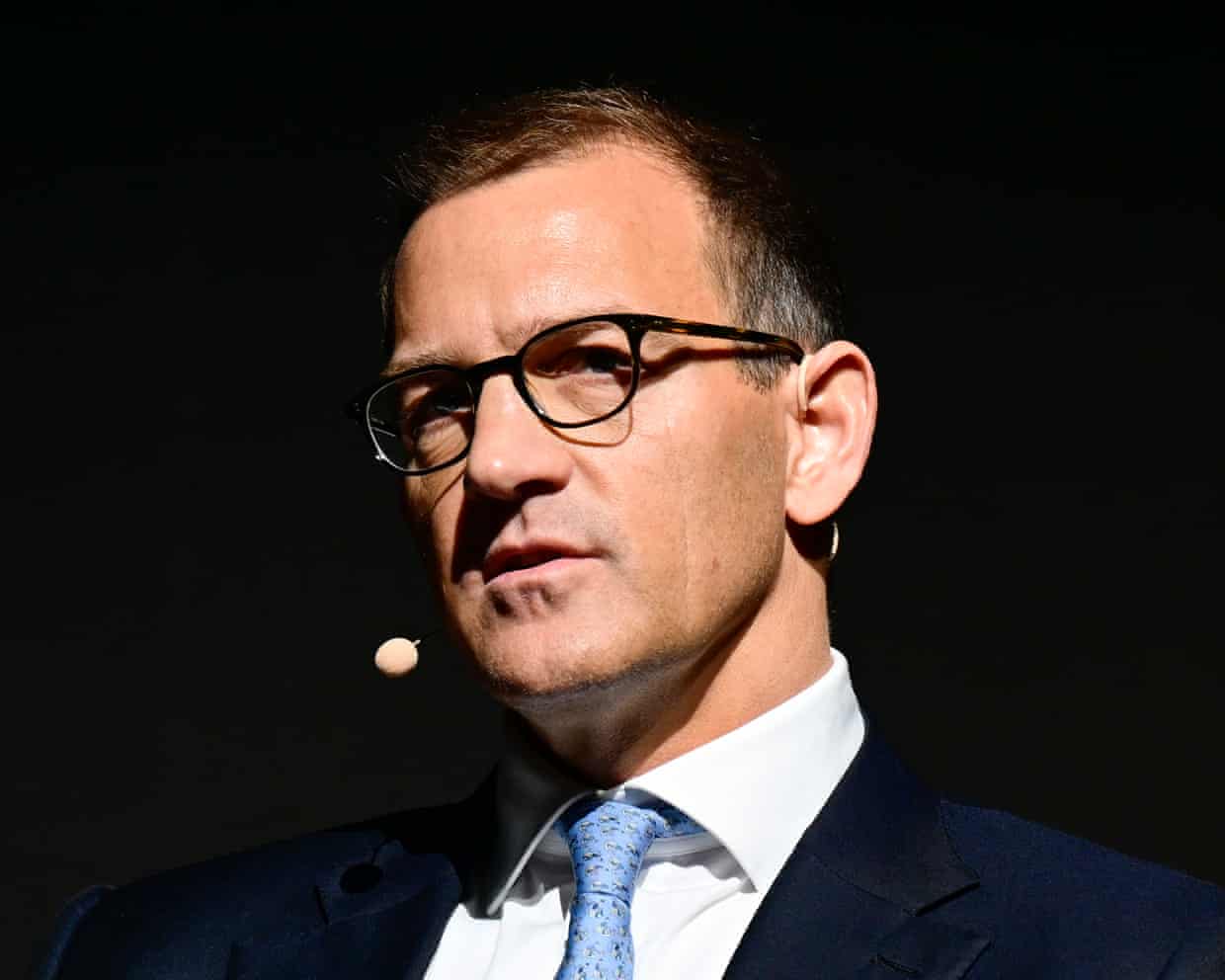
TotalEnergies buys €5.1bn stake in Czech tycoon’s power plants business
The Czech billionaire Daniel Křetínský is to become one of the largest shareholders in TotalEnergies after selling a stake in his electricity generation business, which includes several UK power plants, to the French oil company.Křetínský, whose companies own stakes in Royal Mail and West Ham United football club, agreed to sell a 50% stake in his stable of European power plants to TotalEnergies for about €5.1bn (£4.5bn) in exchange for about 4.1% of Total’s share capital
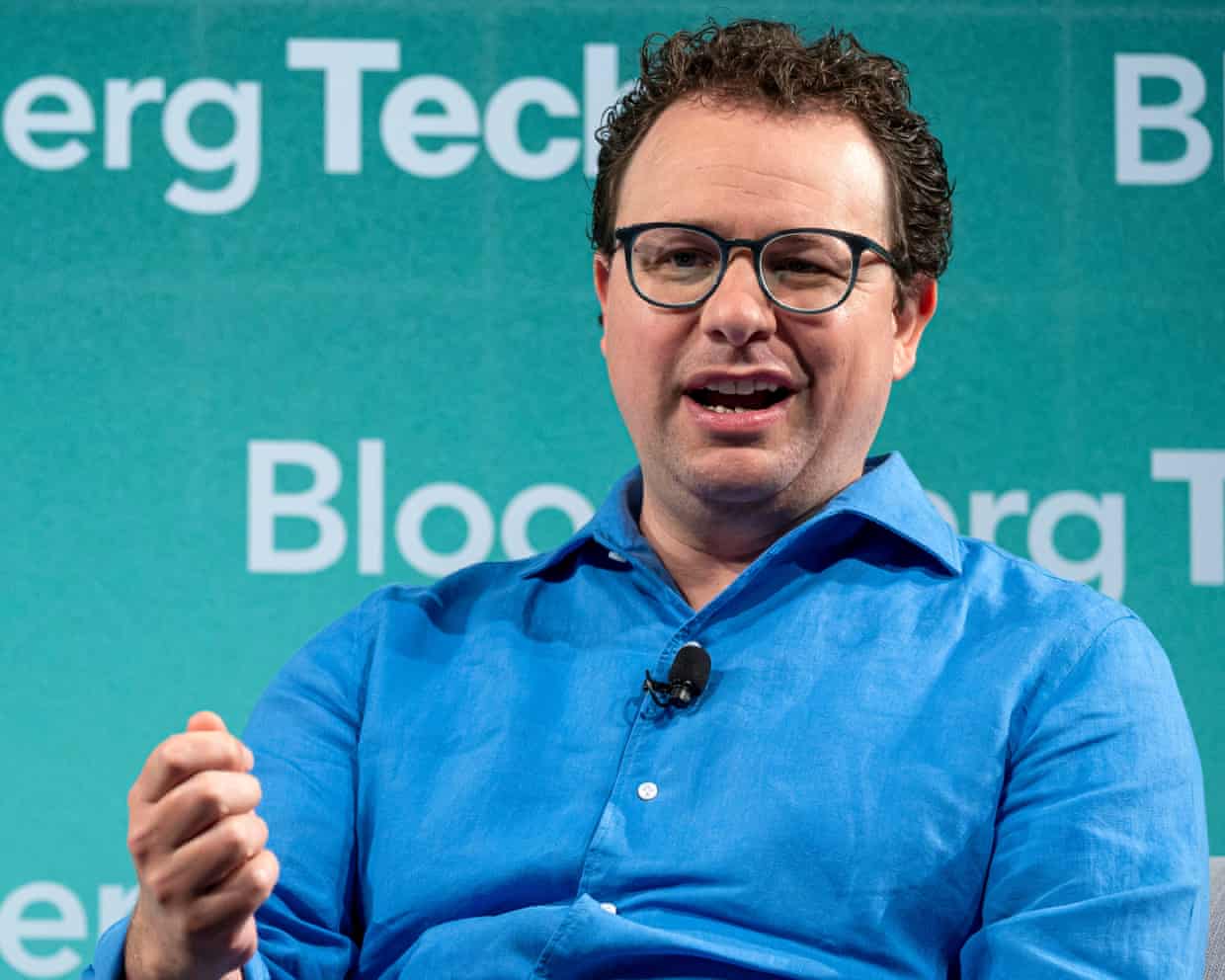
AI firms must be clear on risks or repeat tobacco’s mistakes, says Anthropic chief
Artificial intelligence companies must be transparent about the risks posed by their products or be in danger of repeating the mistakes of tobacco and opioid firms, according to the chief executive of the AI startup Anthropic.Dario Amodei, who runs the US company behind the Claude chatbot, said he believed AI would become smarter than “most or all humans in most or all ways” and urged his peers to “call it as you see it”.Speaking to CBS News, Amodei said a lack of transparency about the impact of powerful AI would replay the errors of cigarette and opioid firms that failed to raise a red flag over the potential health damage of their own products.“You could end up in the world of, like, the cigarette companies, or the opioid companies, where they knew there were dangers, and they didn’t talk about them, and certainly did not prevent them,” he said.Amodei warned this year that AI could eliminate half of all entry-level white-collar jobs – office roles such as accountancy, law and banking – within five years

How Google’s DeepMind tool is ‘more quickly’ forecasting hurricane behavior
When then Tropical Storm Melissa was churning south of Haiti, Philippe Papin, a National Hurricane Center (NHC) meteorologist, had confidence it was about to grow into a monster hurricane.As the lead forecaster on duty, he predicted that in just 24 hours the storm would become a category 4 hurricane and begin a turn towards the coast of Jamaica. No NHC forecaster had ever issued such a bold forecast for rapid strengthening.But Papin had an ace up his sleeve: artificial intelligence in the form of Google’s new DeepMind hurricane model – released for the first time in June. And, as predicted, Melissa did become a storm of astonishing strength that tore through Jamaica

England sweating over fitness of Ollie Lawrence for Argentina match
England are sweating on the fitness of Ollie Lawrence before their final autumn clash with Argentina this weekend.Lawrence starred on Saturday in the statement victory against the All Blacks but limped off in the closing stages and could be forced to sit out the match against the Pumas on Sunday. The 26-year-old centre will be assessed when England reconvene on Tuesday after an extra day off but if Lawrence is ruled out it would be a blow for Steve Borthwick.The England head coach may also be without Freddie Steward, who was withdrawn midway through the first half against New Zealand with a head injury, as he prepares for England’s pursuit of an 11th successive victory and a clean sweep of their autumn fixtures.Lawrence was in fine form against the All Blacks, scoring England’s opening try before teeing up centre partner Fraser Dingwall in the second half

Sean Bowen, jump jockey great who can’t buy a winner at the Cheltenham festival
Mike Trout is 34 years old, weighs 235lb and plays baseball for the Los Angeles Angels. Sean Bowen is 28, tips the scales at around 140lb and is the reigning champion jockey over jumps. At first sight, they do not have a great deal in common besides both being professional athletes (and even then, Trout earns more in a fortnight than Bowen can ever hope to bank in a year).But when you break down what they do and, above all, when they do it, there are some distinct similarities.Trout is widely recognised as the greatest baseball player of his generation, consistently putting up numbers during the six-month, 162-game regular that put him among the all-time greats

My Cultural Awakening: I moved across the world after watching a Billy Connolly documentary
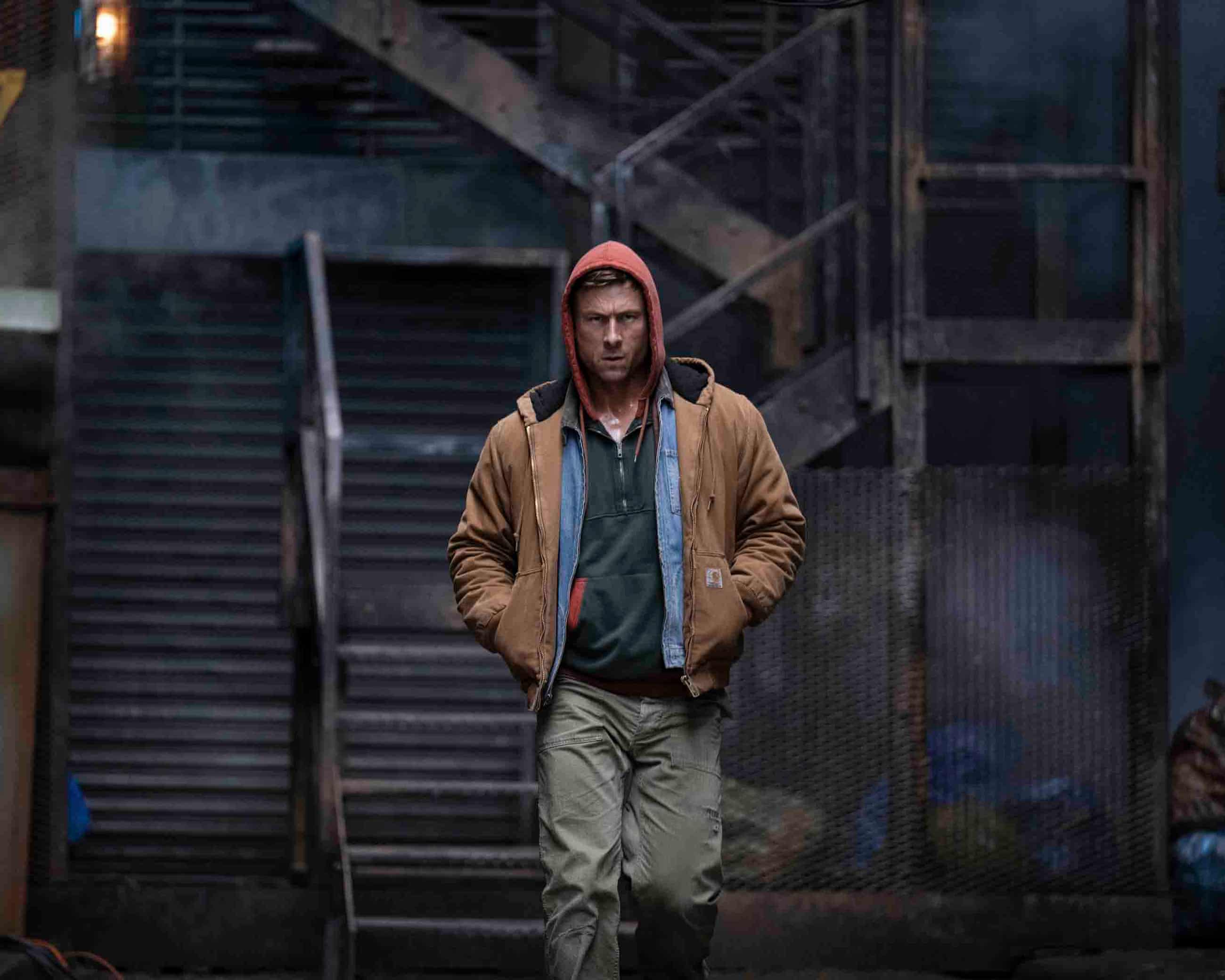
The Running Man to David Hockney: your complete entertainment guide to the week ahead
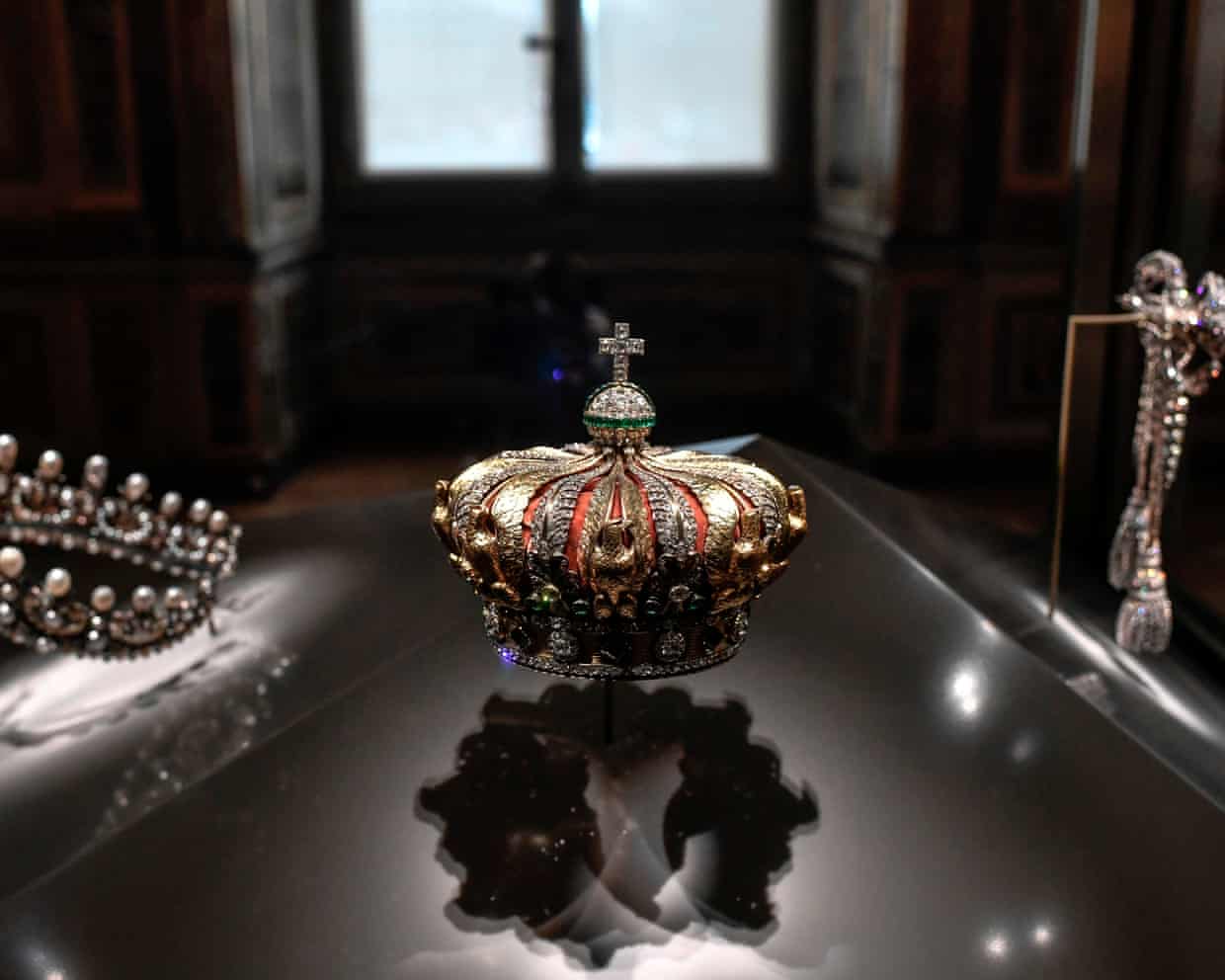
The Guide #217: The Louvre heist seems straight out of a screenplay – no wonder on-screen capers have us gripped

Seth Meyers on Trump: ‘The most unpopular president of all time’
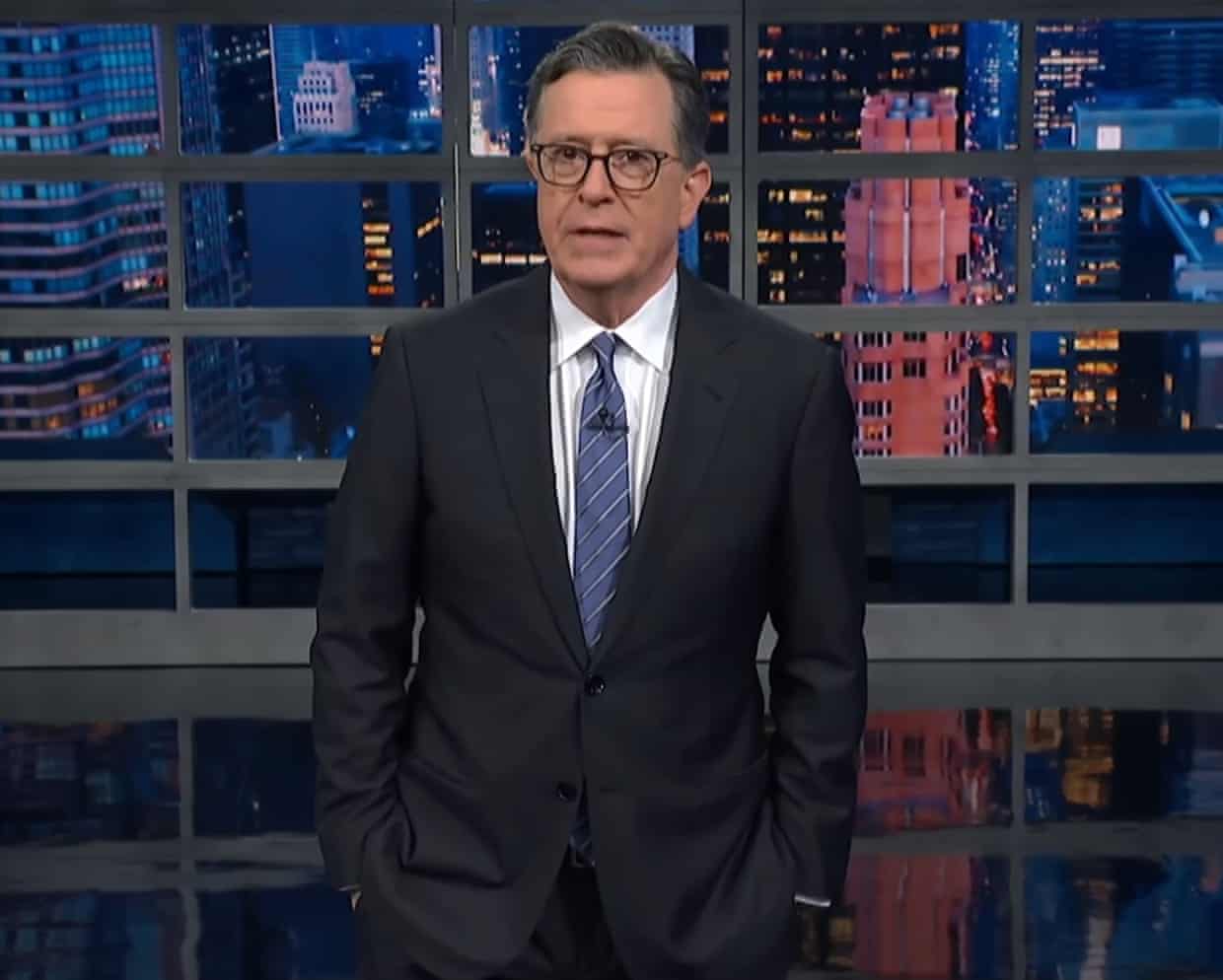
Colbert on Trump and Epstein: ‘They were best pals and underage girls was Epstein’s whole thing’

Colbert on Trump ‘building a massive compensation for his weird tiny penis’